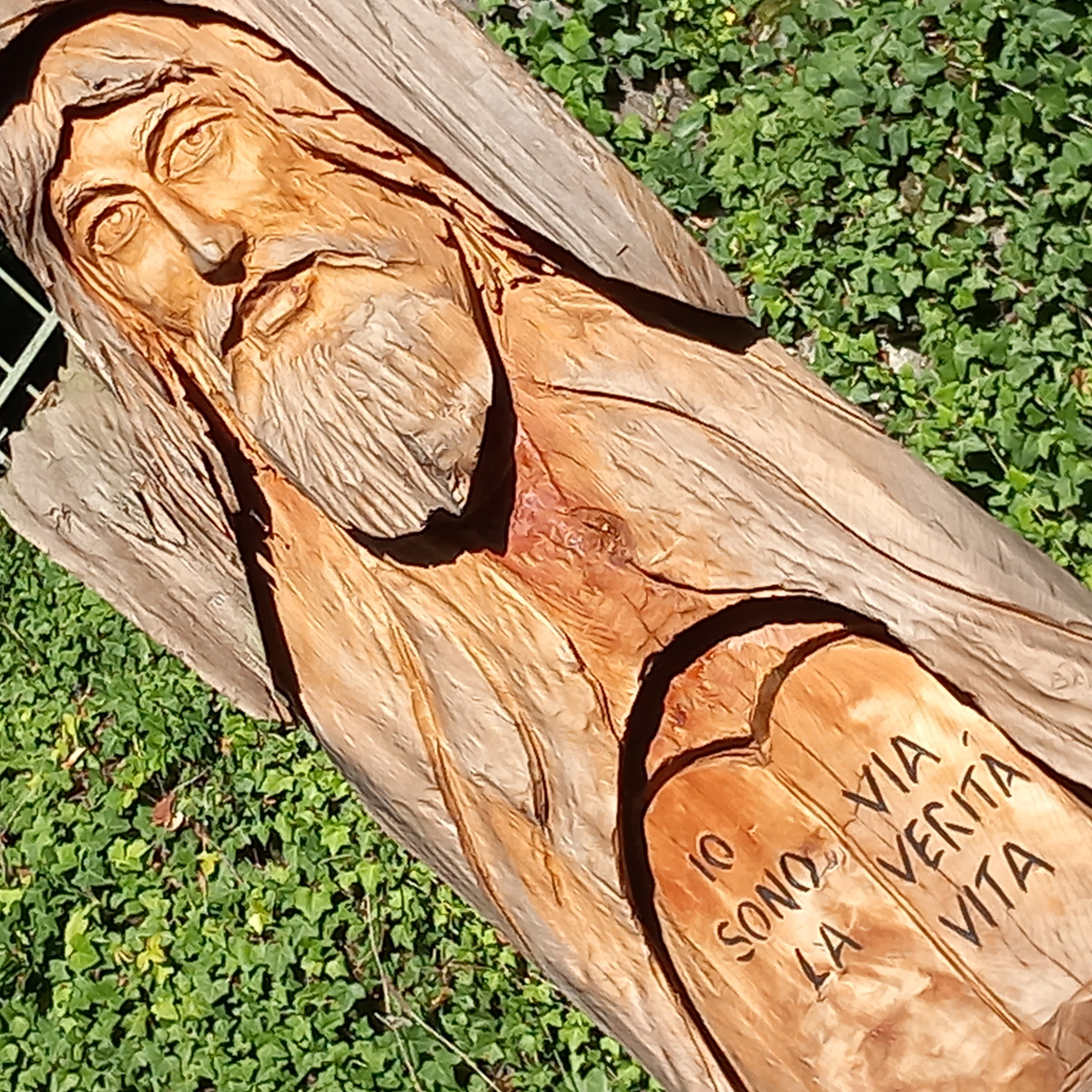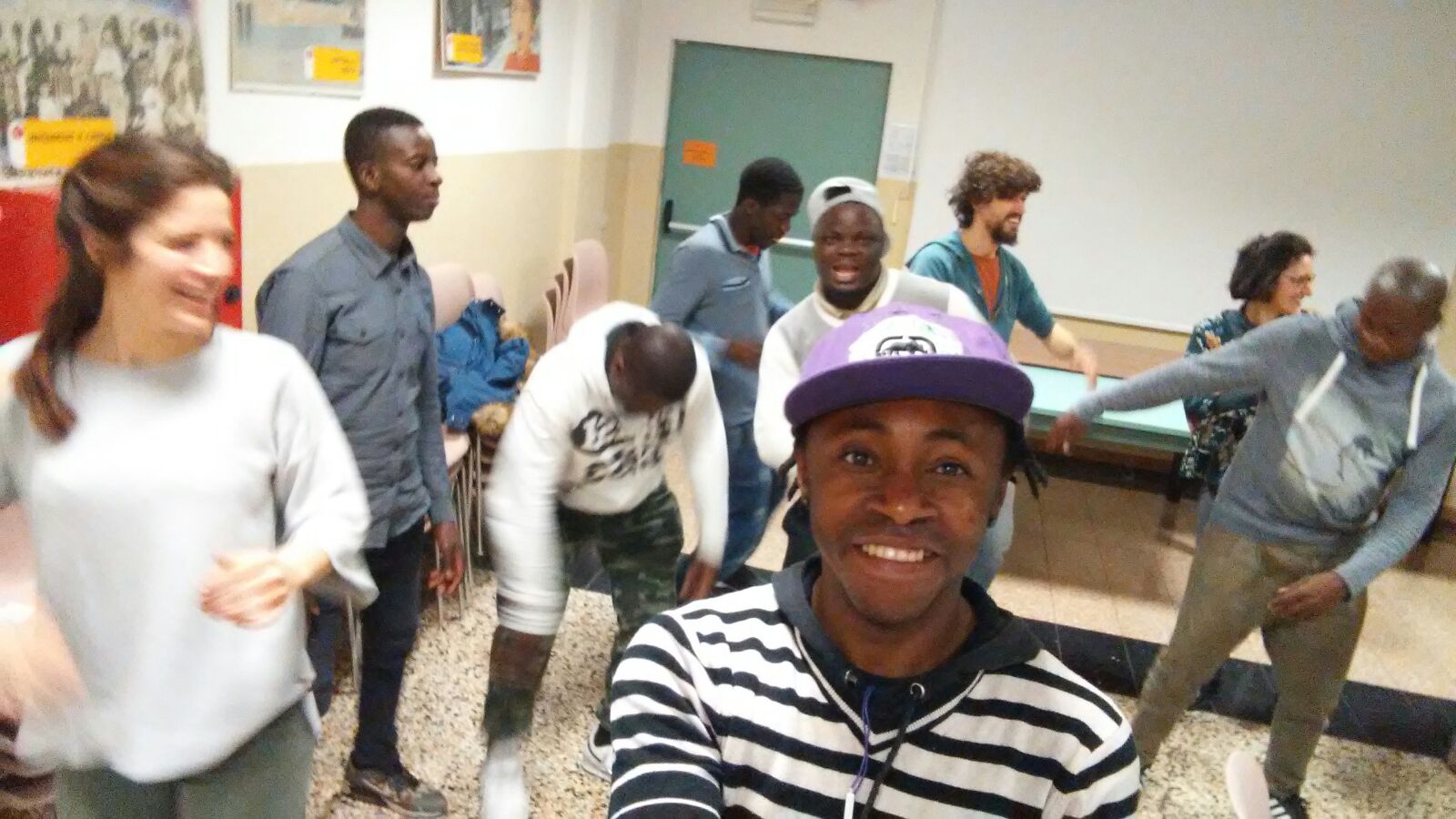Ministerial innovation through collaboration
In 2016 the tension over the numerous landings on Italian coasts by applicants for international protection reached its peak, fuelled by populist propaganda exploiting fears and prejudices. However, between the light and the shadow there is a reception system, coordinated by the prefectures, which works through cooperatives and voluntary associations. Immediate and primary needs are met, but the challenge of accompanying asylum seekers remains, especially in the interaction with the Italian communities.
As Comboni Missionaries we feel challenged. The Chapter of 2015 had already identified the theme of migrants as one of our missionary priorities in Europe. At Padova we were provoked: it is not enough that the young people with whom we work listen to us talk about the mission, they want to see us in the mission. In the summer, we organized a camp with young people in a reception centre in the East. It is a strong experience, with a great impact, from which the young people want to continue their journey throughout the year. The challenge is to be able to bring together such different and distant participants, which is not easy. On the one hand, there is strong resistance from the migrants, partly because of disorientation, partly because of the difficulty of communication, not to mention the weight of traumatic experiences and a “suspended” existence, waiting for a document, a job and stability. Sometimes they also have difficulty in participating because of the distances involved and the lack of transport. On the other hand, there is often no interest, no common ground for the meeting. Therefore, the biggest challenge is the mobilization of the participants.
To achieve this, first of all, we feel the need to form a team: young people as motivated animators, who have the sensitivity and the language to involve and dialogue with the youth world. Then they are the ones who can also mobilize the participation of other young people! Then it is necessary to involve young asylum seekers and then the association Popoli Insieme (affiliated to the Centro Astalli) is identified as a partner in the project, which welcomes the invitation to collaborate. Its contribution is valuable: it can mobilise the participation of the refugees it receives, mainly from West Africa and Muslims; it can contribute from the point of view of training, link the experience to other projects and initiatives, involve the young volunteers who serve with the association. It is our task to bring out spirituality, to nourish the journey with the Word, prayer and discernment, to recognize the Risen One, to let ourselves be touched and to follow him on the journey.
The team faces the challenge by creating interpersonal relationships, a sense of mutual trust, through visits and contacts with the networks of which its members are part. From the relationships of friendship, misgivings and disinterest dissipate. This is how Malankeba was born! Meeting X Trasformare , a path of exchange and intercultural dialogue involving young Italians and young asylum seekers.
Once the journey has begun, important convergences with other groups such as Arte Migrante and Rinascita take place along the way. The fundamental dynamic of the journey is to bring together young Italians and asylum seekers, in a climate of mutual welcome and listening, in a group context and in a space free of prejudice, of common places and predefined roles, for sharing and intercultural dialogue. The role of the team is to create this space, which generates energy and creativity in the participants, the real protagonists of the journey. The team listens deeply to people and situations, identifies, promotes and supports initiatives that arise within the group, such as solidarity football matches that bring together migrants and young people from sports teams, or the Afrodance group, which promotes dance evenings with African music. But it also listens to expressed and unexpressed needs and proposes ways to meet them.
Among the main activities are the monthly theme nights. The programme is drawn up jointly and the group also participates in the preparation. Then there are the home visits, which promote dynamics in small groups, and participation in events and recurrences such as the day of remembrance of the victims of migration and the diocesan march for peace. The team also proposes formative moments, based on current situations, the needs of the participants (intercultural dynamics) and the deepening of themes proposed by them. The strength of the journey lies in the ability to facilitate a meeting of humanity and the use of participatory methodologies, thanks to the skills of the team members.
Malankeba! allowed us to put into play in Europe the skills acquired in Africa, opening us up to the mission in Europe. The work with asylum seekers and refugees has a meaning that goes beyond the accompaniment of migrants: it is the starting point for living the global mission, for a prophetic missionary presence that invites Europe to conversion. We are surprised at how the real protagonists of this mission are the young people and the asylum seekers themselves.
For personal and community reflection:
- What strikes me about this experience of collaboration? Why?
- What does this experience provoke in me? For what reason?
- What does it say to us as a community?
For deepening
Ministerial collaboration consists in the identification, use and union of all gifts in ministry for the good of the mission. Therefore, there are gifts or talents that people are gifted with that will contribute to the mission of Jesus to bring about the Reign of God; for this to happen, these means must be recognized and the conditions must exist for them to be used in synergy.
Collaboration is built on the basis of the various gifts gathered for a shared purpose, which is both the service to be rendered and the growth of community and communion. Each one of them is the bearer of different gifts, all of them important contributions in the face of today’s complexity. There is always a need for each other and for the co-responsibility of each one, both for practical needs and for community witness, for communion.
Authentic collaboration has 4 characteristics:
- It is constituted for a shared, clear and articulated mission, lived by all.
- Working together prevails over the tendency to compete or to protect one’s own work from the influence of others; there is a spirit of reciprocity and partnership.
- They identify, value and unite the different gifts that each one has.
- It requires continuous conversion: diversity is a richness, but also a source of inevitable divergence and conflict. This should not discourage us, but reassure us that we are on the right path, as a necessary step towards authentic communion. But what is needed is the willingness to listen to and learn from one another, the ability to transcend differences – without cancelling them – to walk and grow together, and to have enough inner freedom to accept being opposed and perhaps corrected, always with the utmost respect.
What are the conditions that make collaboration possible?
Clarify the terms of collaboration: it is necessary to understand what is meant by collaboration and to reach a consensus on the vision, purpose, ministerial style, objectives and the various tasks to be carried out.
Conviction: Collaboration always implies the need to manage diversity, personality, culture, interests, etc., with the emotional baggage and conflicts that it can generate; if there is not enough conviction of the importance and value of collaboration, it does not easily survive the tensions that may arise.
Courage: sooner or later, everyone comes to experience some form of resistance to collaboration in the face of inevitable difficulties. The temptation is to attack the other or withdraw from the collaboration. It is important to accurately identify the difficulties and their origin, discuss them and resolve them openly as they arise.
Skills: Skills and a strong spirituality are needed, in particular
a. Ability to discern and appreciate the gifts of each person, to share leadership, to organize, to constructively manage tensions and conflicts
b. To design and manage a collaborative process, taking into account
= the conditions that facilitate it
= a method for identifying and valuing personal gifts
= clarify roles and responsibilities
= have a system of accountability and verification
c. A spirituality that sustains and nurtures service and collaboration, compassion and forgiveness that witness to God’s love The journey of faith and prayer purifies personal motivations, transforms attitudes, helps to grow into living values and is essential for the transformation of conflicts and the building of communion.
The role of the animators of collaboration is to encourage and shape the path of conversion and reconciliation. They must be aware that not everything can have the same level of capacity for collaboration, which depends on the process of human growth. They must also be aware of the dynamics of collaboration and the obstacles that block it, such as problems of self-esteem, arrogant or hypocritical attitudes, situations of exhaustion, lack of management of conflicts, feelings of powerlessness,
To deepen:
L. Sofield – C. Juliano (2000) Collaboration: Uniting Our Gifts in Ministry, Notre Dame (IN): Ave Maria Press.
R. Covey (2004) The 7 Habits of Highly Effective People: Powerful lessons in personal change, Revised edition, New York: Free Press, pp. 185 – 284.





